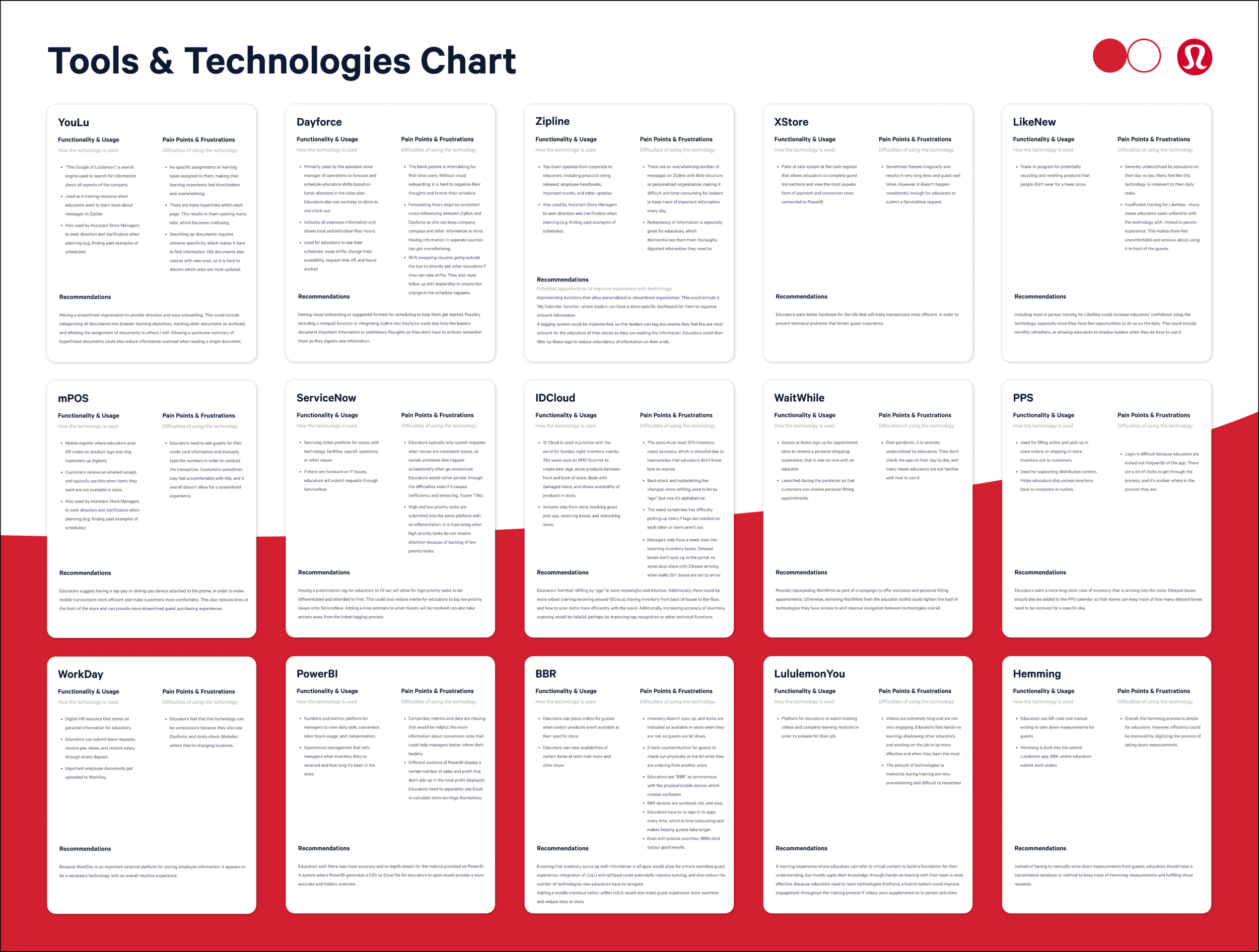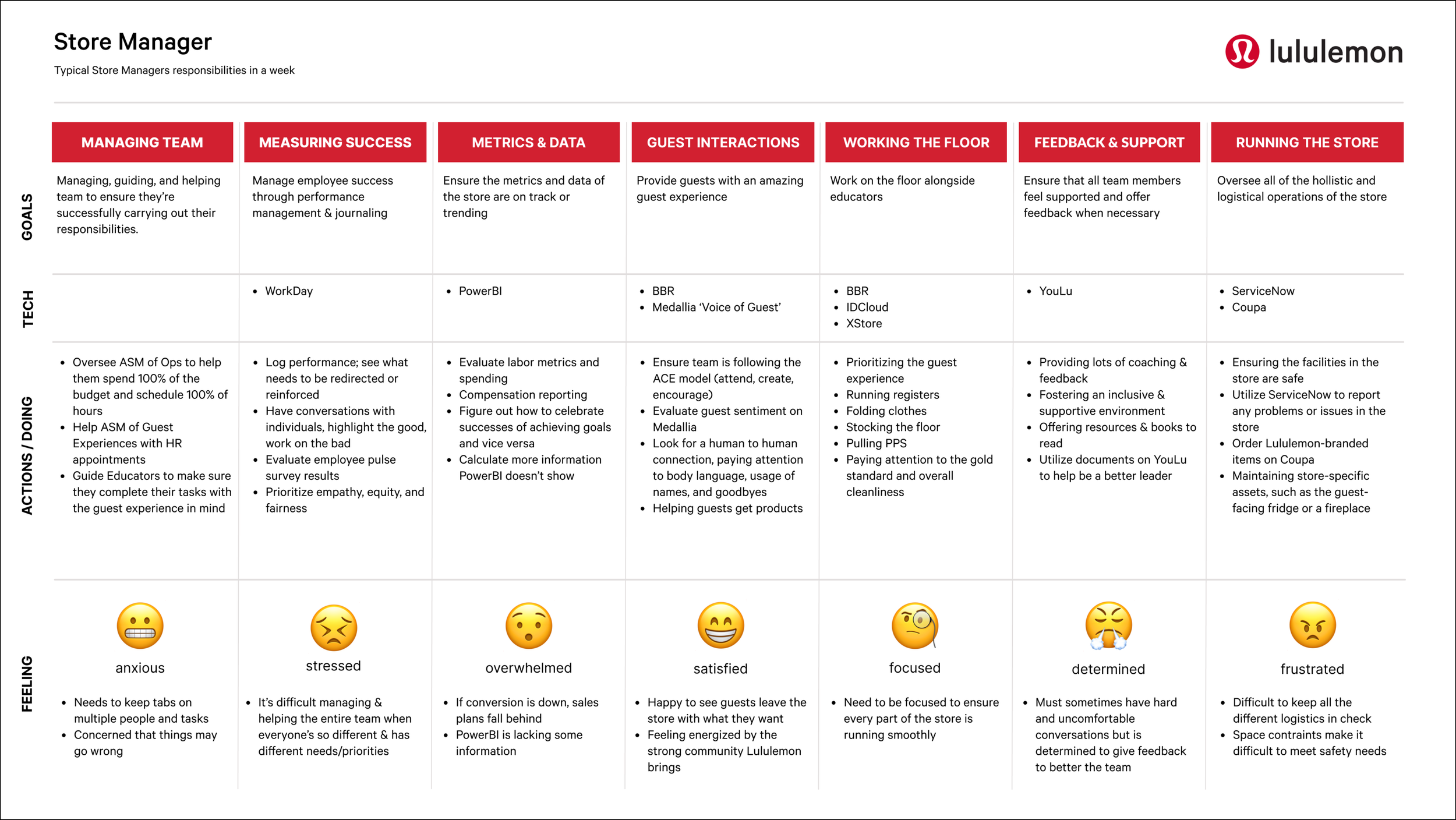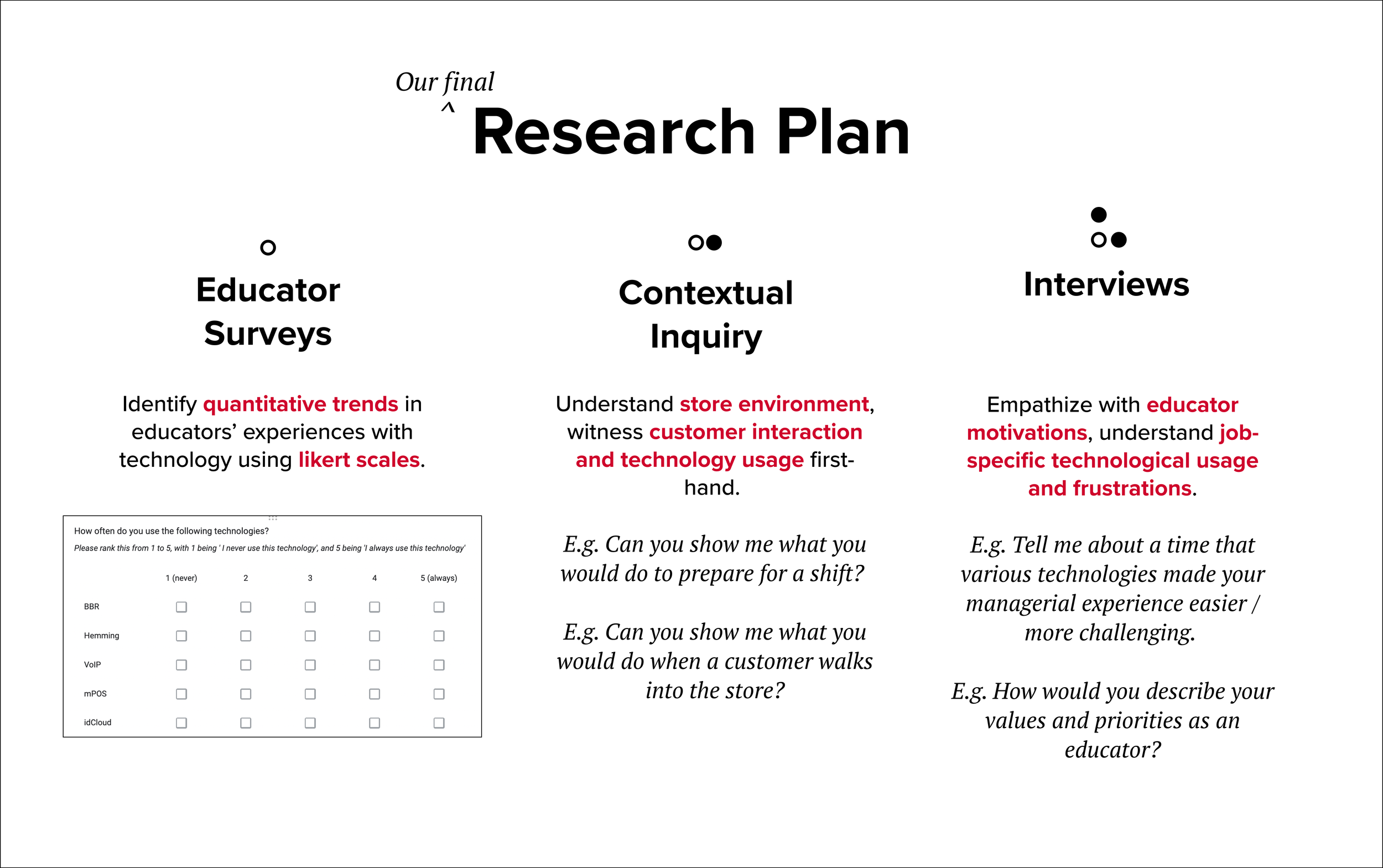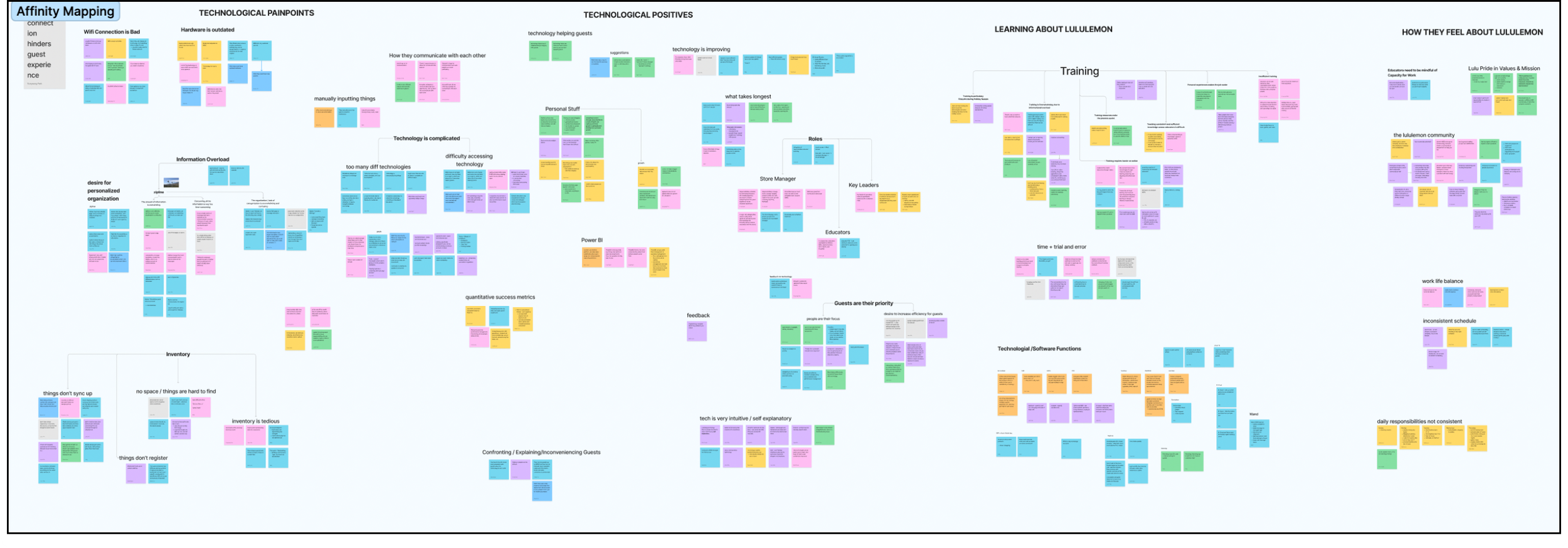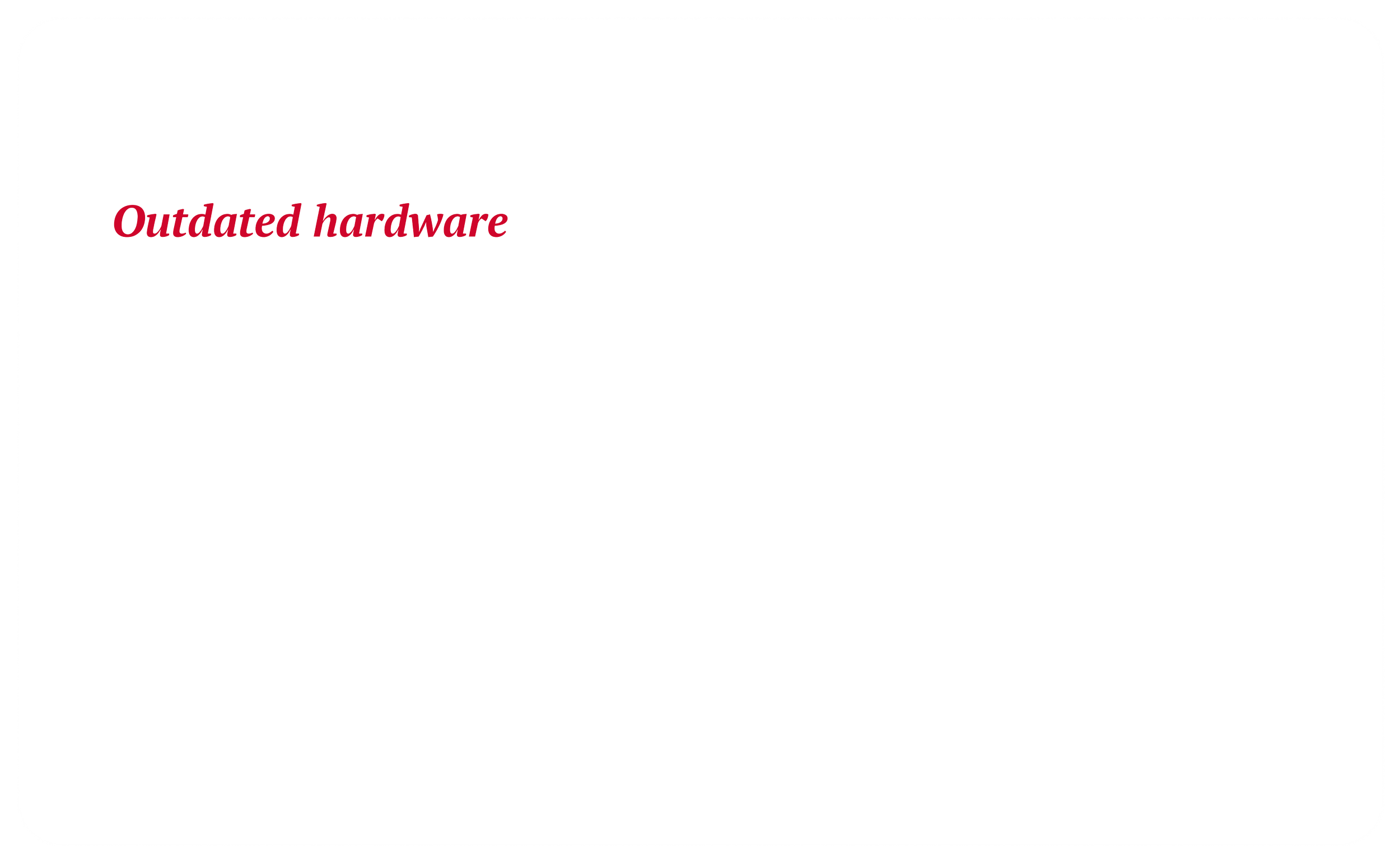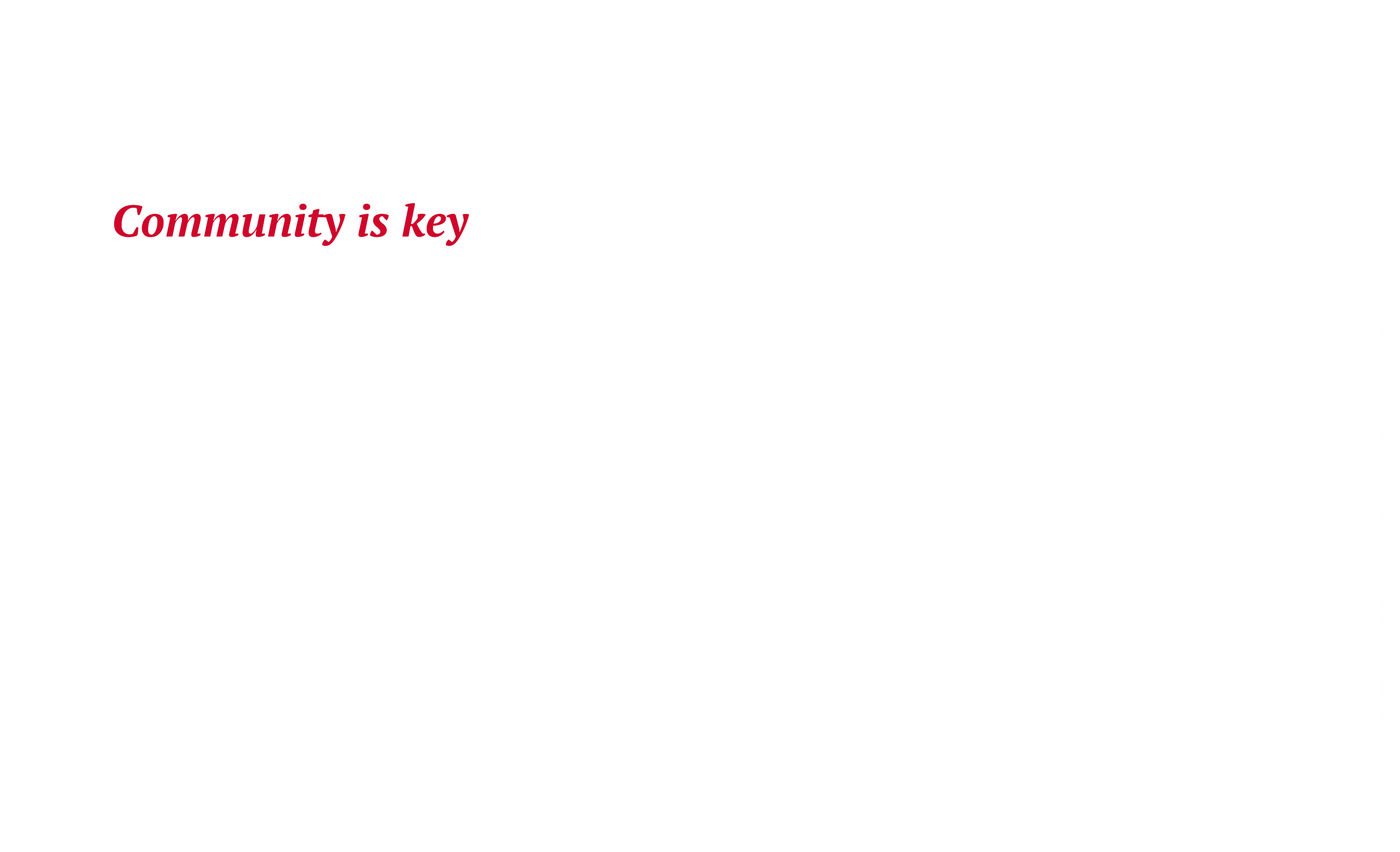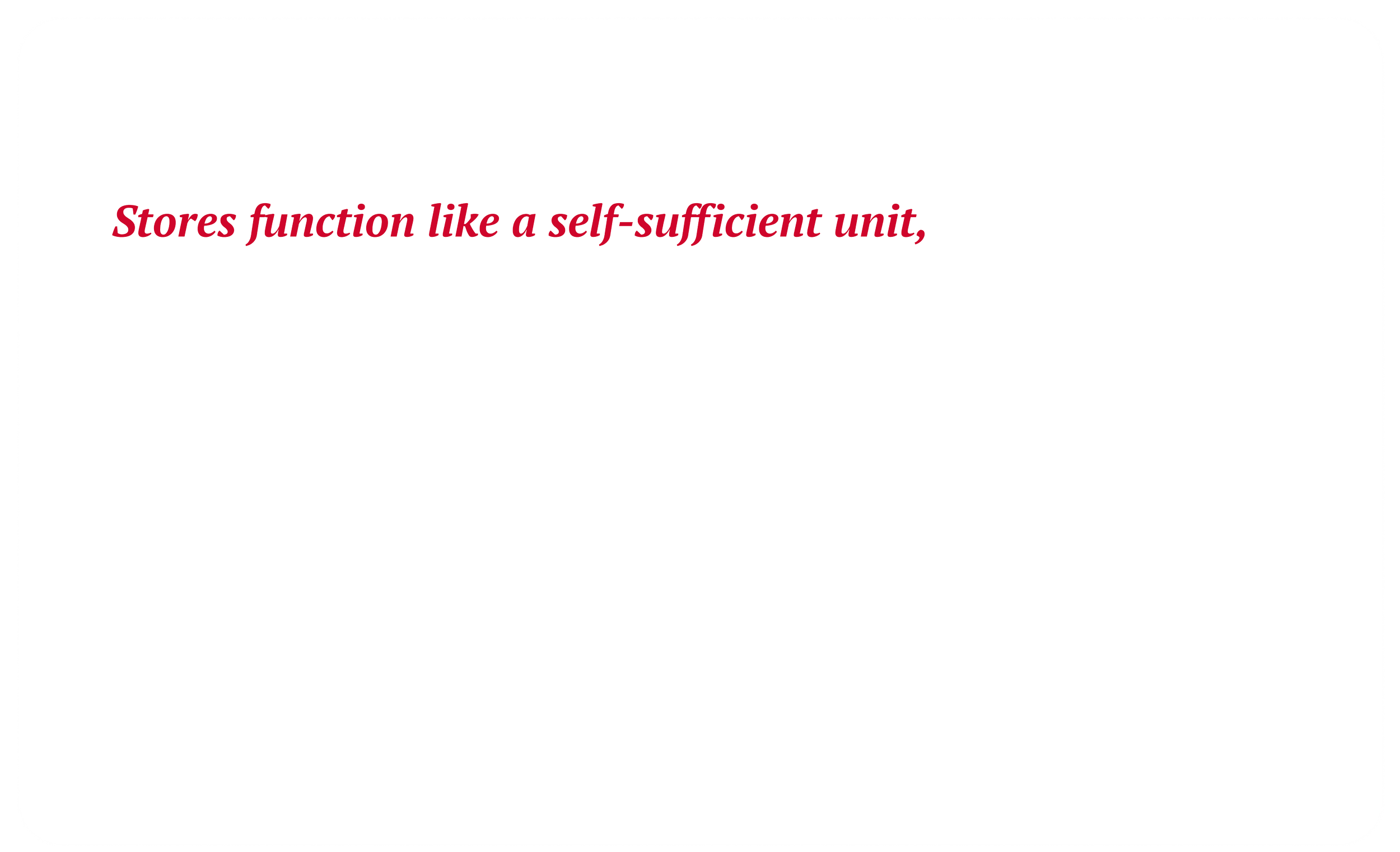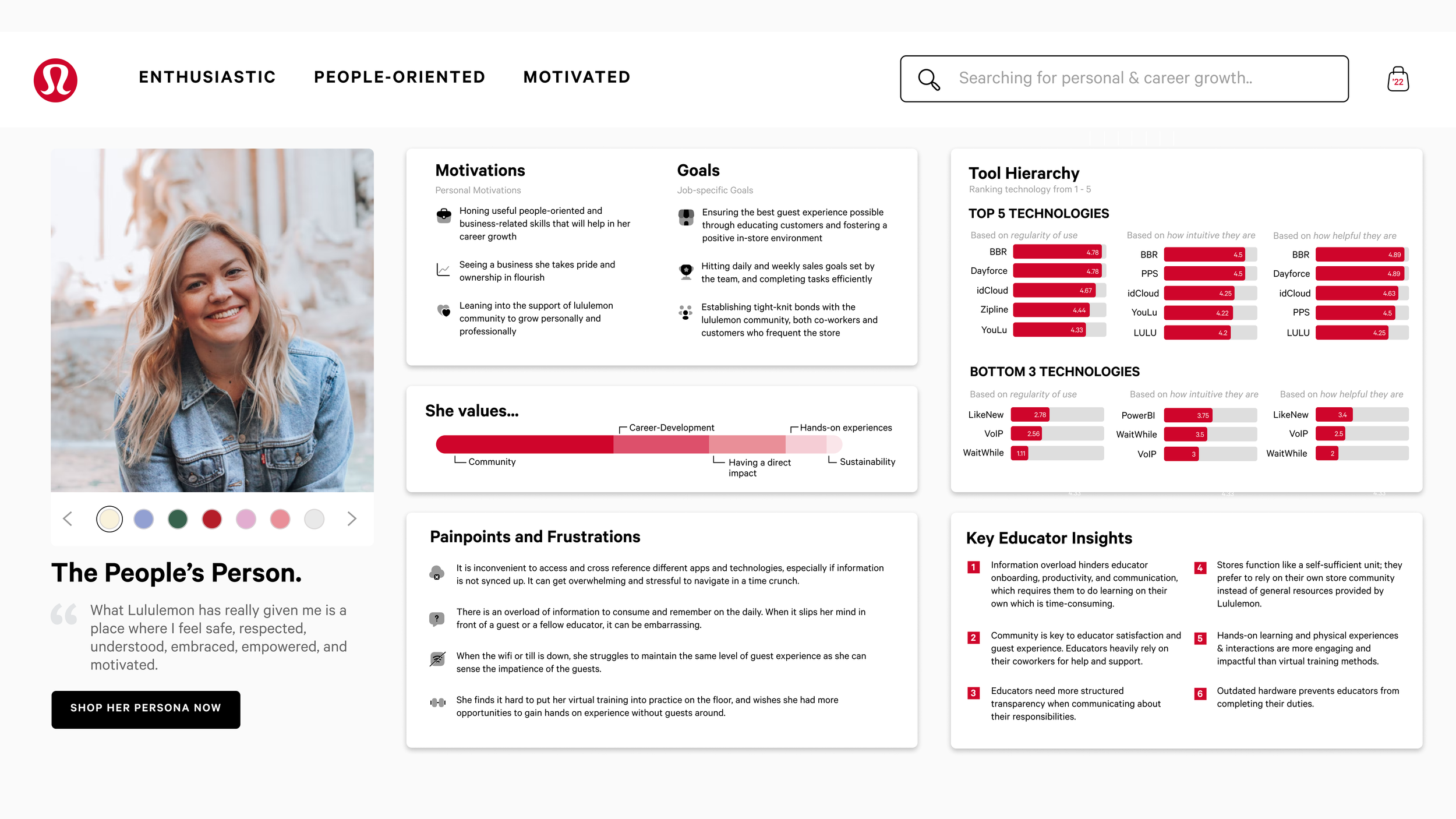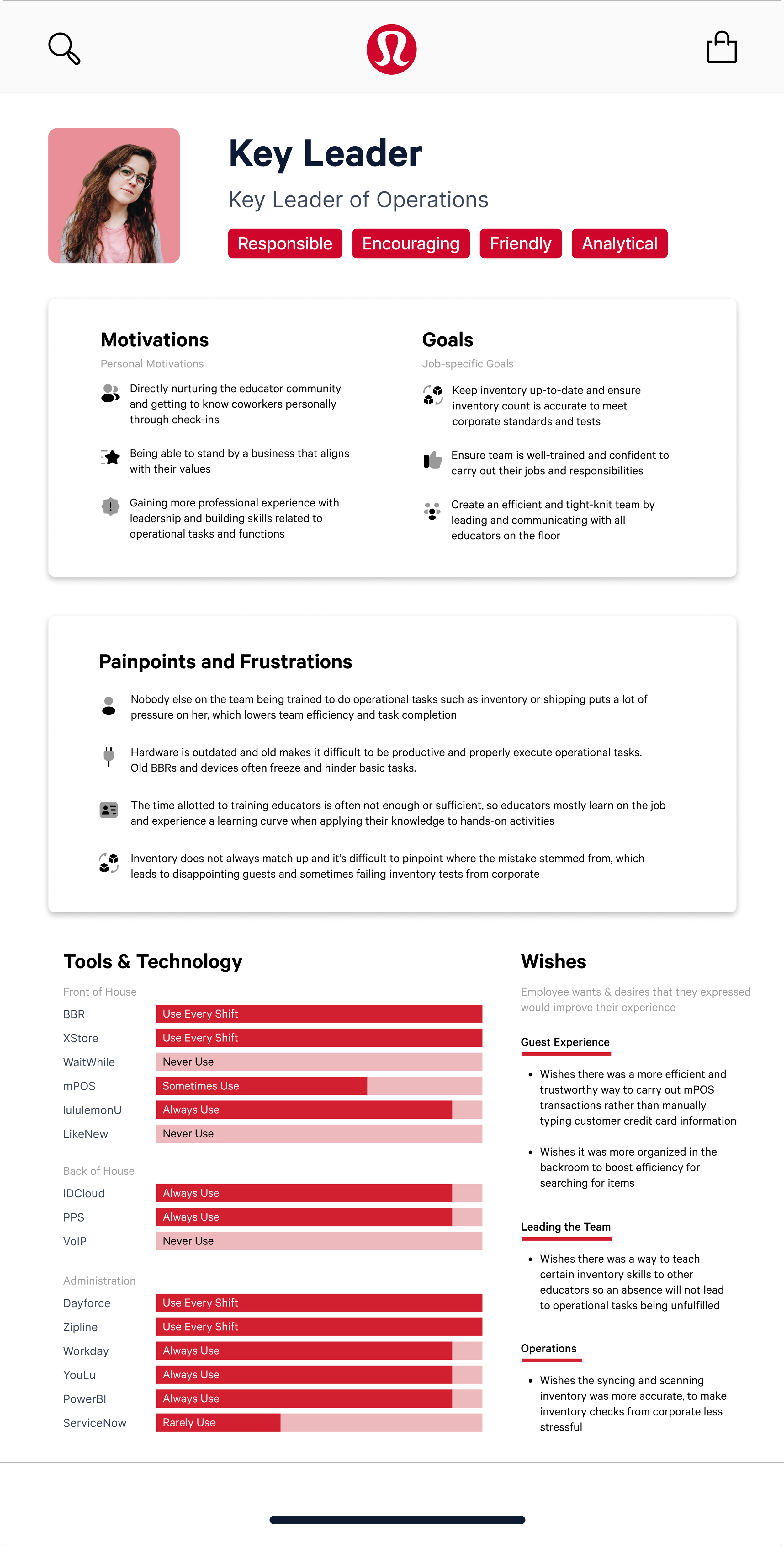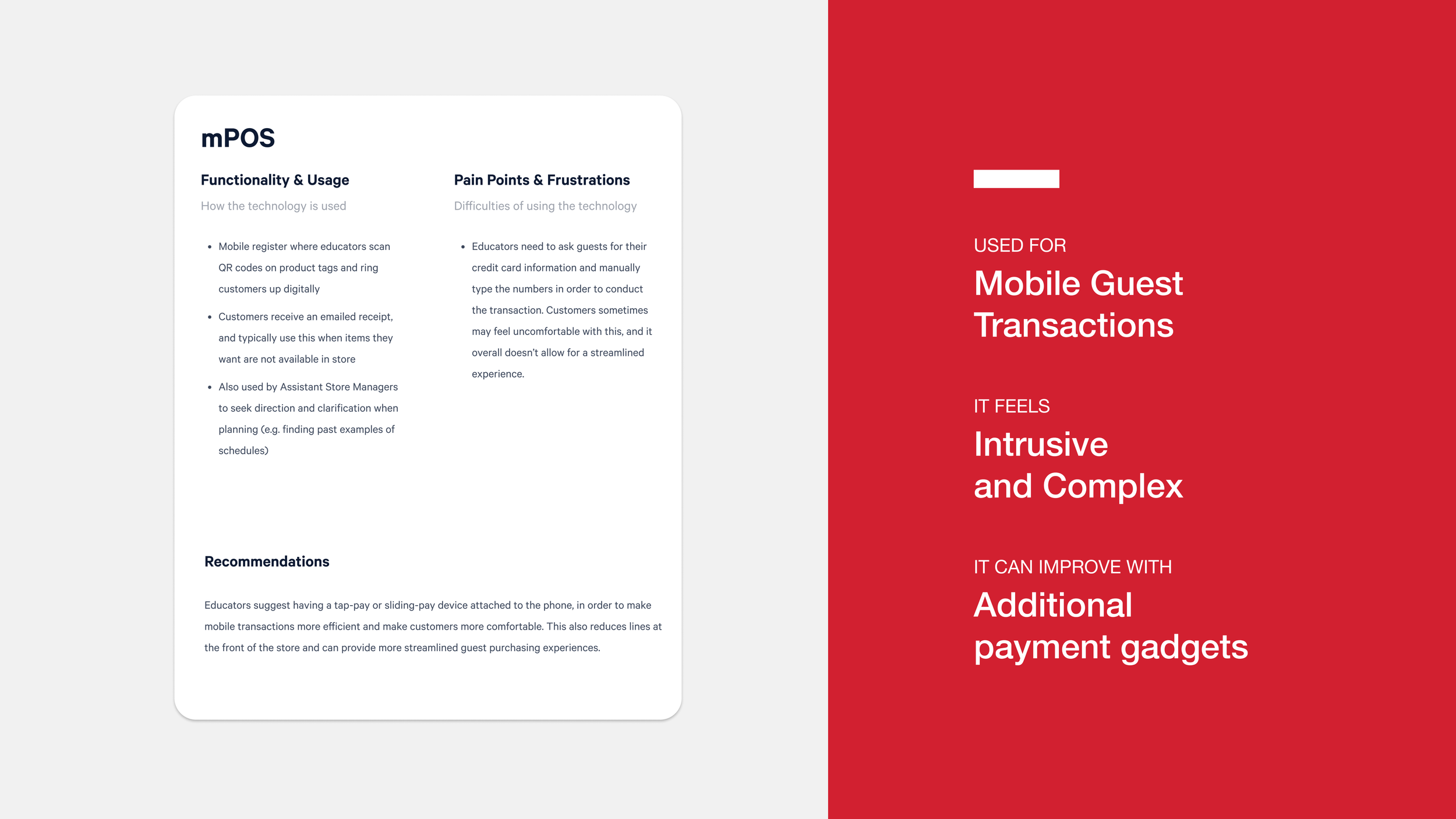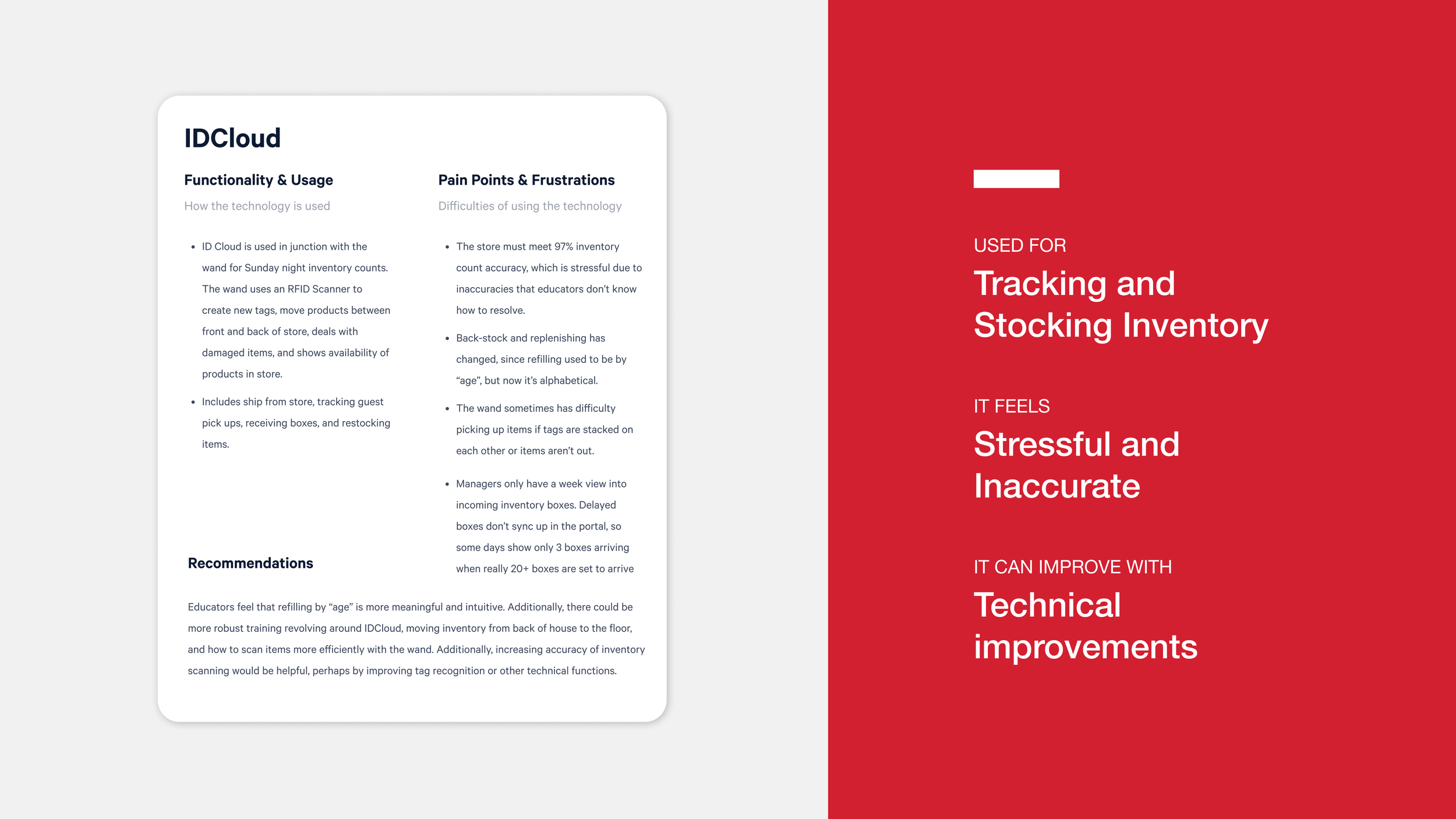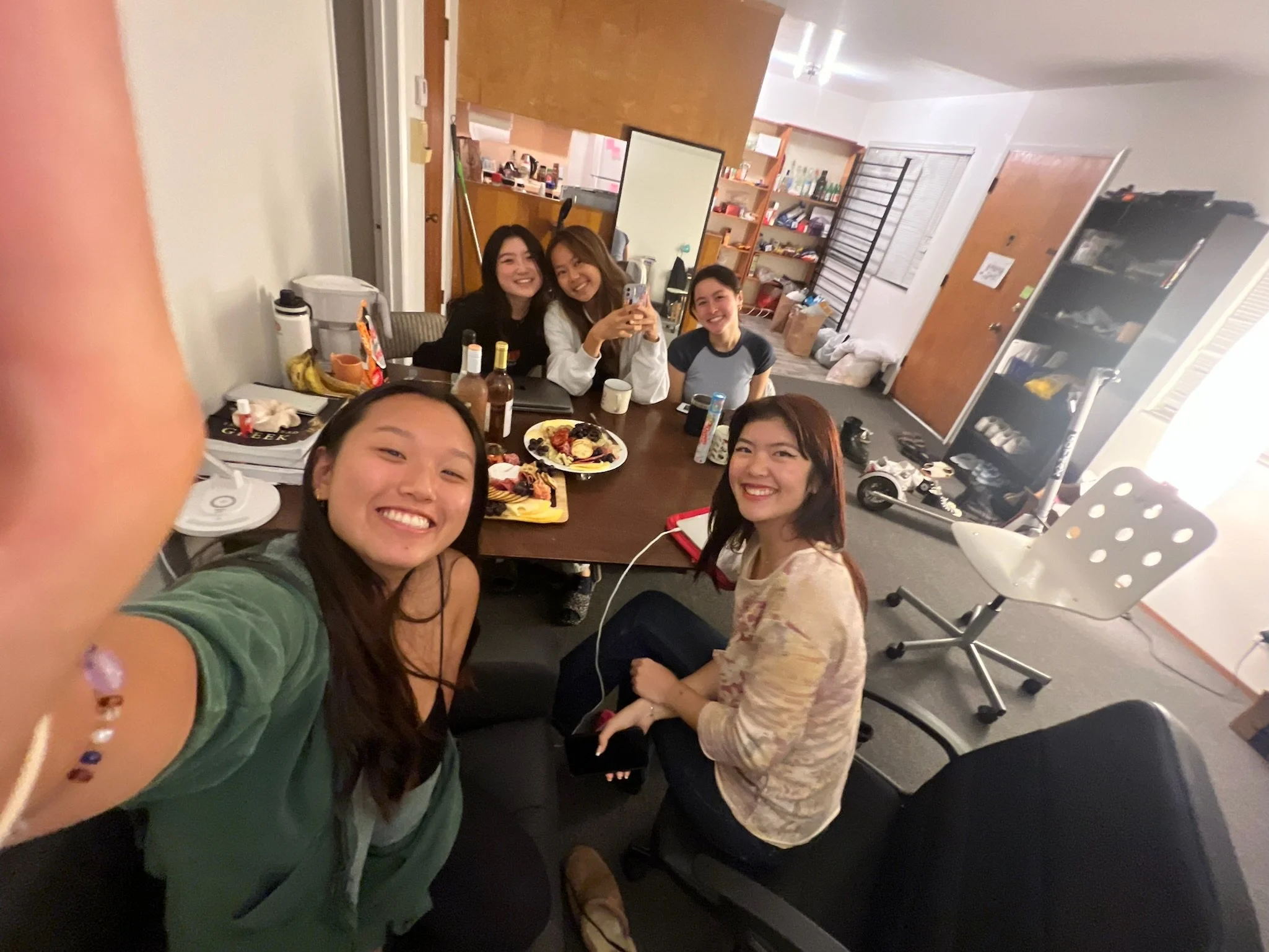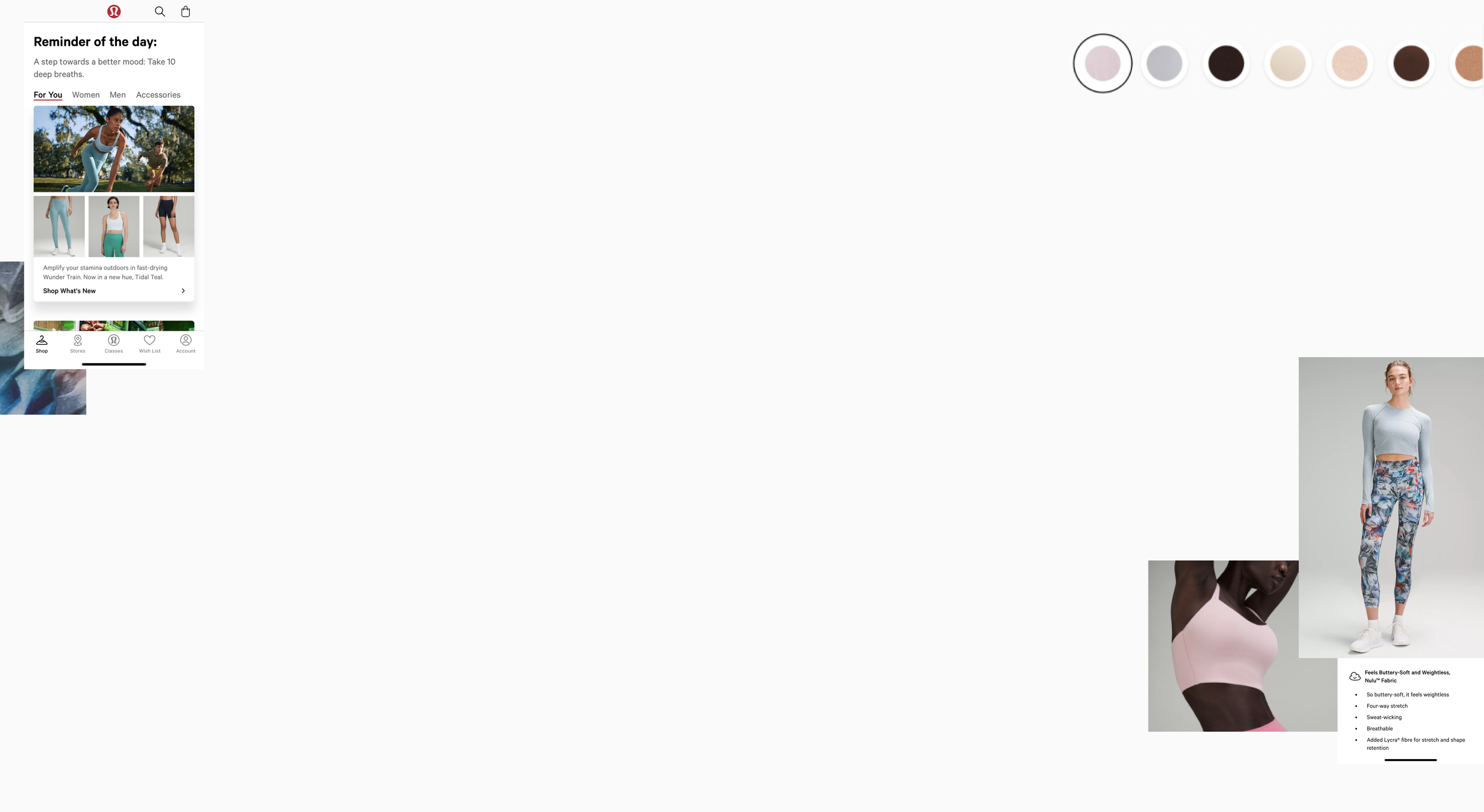
UX Research Project | Through Berkeley Innovation
Understanding Lululemon educators and their in-store interactions with technology.
Timeline
Fall 2022, 12 weeks
Team
Geena Yin, Jayna Wu, Sunyoung Park, Sarah Suen
Role
Research Sprint Lead
Tools + Craft
Competitive Analysis, User Interviews, Contextual Inquiry, Ethnographic Studies, Affinity Mapping, UX Prioritization, Persona and Journey Map Creation, Product Strategy
PROJECT OVERVIEW
PROBLEM SCOPE
MY ROLE
KEY INSIGHTS
FINAL DELIVERABLE
Understanding the day in the life of an educator post-pandemic.
Since the pandemic, the retail needs in in-store experiences have been increasingly digitized. Lululemon employees, referred to as educators, interact with a plethora of different technologies at every stage of their educator journey — from their very first training session to receiving tasks and creating a positive guest experience on the floor.
In order to better support their educators, Lululemon wants to work together with Berkeley Innovation to provide a fresh perspective on the day in the life of an educator. In particular, they wanted to analyze educators’ motivations and frustrations, as well as their different technological touch-points throughout the day to discover opportunities for an improved educator experience.
Together with my team at Berkeley Innovation, I applied design principles to conduct rigorous need-finding, research synthesis and prioritization to create updated personas and journey maps that reflect educators’ current journey on the job and when interacting with technologies post-pandemic.
As the research sprint leader, I led the intentional crafting and execution of UX research methods, conducting 14 interviews and going in-store to conduct 8 contextual inquiries and ethnographic studies on 3 different occasions.
Motivated by career/store development and community.
These values are heavily embedded in educator's’ interactions with technology and why their frustrations arise.
Biggest pain point is information overload.
Educators struggle to discern which information is useful to their specific store, and feel like this hinders their productivity and guest experience.
Stores function like a self-sufficient unit in times of need.
Educators prefer to lean on their immediate community for support instead of consulting Lululemon’s general resources.
Our final deliverable was a series of updated personas, journey maps and a technological chart detailing the functionalities, pain points and recommendations of the 15 different technologies used in-store.
We created a cohesive presentation and presented in front of a board of design, product and strategy teams at Lululemon at the end of the 12 weeks.

PROBLEM STATEMENT
How might we better understand all the educators' roles and activities and what tools/technology they use?
OUR FINAL RESEARCH DELIVERABLES
The People’s Person, Lululemon’s core persona.
We found Lululemon employees to be impact- and people-centric individuals who are motivated by seeing both their community and personal-goals being accomplished. They feel a sense of pride and emotional attachment to the store they work in, and feel motivated to gets their hands dirty to achieve the business goals set out for their team.
These values explain their frustration when they experience informational overload from training tasks or meet with outdated technology, because they feel like they cannot complete their duties to the best of their abilities. It also explains why they lean more on their immediate store community for support, rather than Lululemon’s general training resources.
Educators are frustrated by a lack of streamlining and accuracy in technologies.
Since there is such a large number of technologies, we decided to consolidate our research in the form of a technological chart, detailing the main functionalities, pain points and recommendations we had regarding each technology.
Two common threads running through many of the pain points:
A lack of streamlined and personalized organization to the needs of the store
A lack of updated accuracy across physical and digital experiences in-store
Our recommendations thus focused on adding features that would enhance the onboarding and information hierarchy on Lululemon technologies, such as prioritization tags.
Educators are happiest when they feel confident about the impact of technologies in improving in-store experience.
We created journey maps for 5 different educator roles, mapping out the tasks they would accomplish in a typical work day or week.
We drew connections from their tasks and goals to their technological touchpoints, identifying how they felt at every part of the process. Across the different roles, we found that all educators felt the most positive when they were confident in the impact of the technologies in improving guest or educator experience.
This is an opportunity for Lululemon to provide educators with a more engaging and hands-on experiences during the training process to build their confidence in capitalizing the technologies.
OUR PROCESS
🔍 Secondary Research
Analyzed literature about employee post-pandemic sentiments to gauge the landscape.
🙋 Primary Research
Conducted need-finding with 9 zoom interviews, 8 contextual inquiries and ethnographic studies in-store
🖍️ Crafting Deliverables
Mapped out 1 core persona and 5 role-specific personas, 5 journey map and a technology chart in response to key insights
✍🏻 Synthesis
Synthesized research with affinity mapping and prioritized educator needs
LET’S REWIND..
🔍 Secondary Research
Our personal experiences in the pandemic told us that a value and perspective shift was likely to have happened after a long period of social distancing and hybrid work arrangements.
We wanted to get a better grasp of the general retail landscape and how retail employees’ values have shifted post-pandemic through secondary research.
From this research, we noted that technology and community were amongst the needs of retail employees post-pandemic. The inclusion of technology amongst these values validated the importance of our research.
🙋 Primary Research
In our primary research, we set out two goals stemming from our ‘how might we’ statement and our secondary research to explicitly guide us.
Understand different educators’ day in the life.
Understand how educators use technology and what painpoints they have
From these, we crafted our final research plan! We decided to employ surveys, contextual interviews and interviews, as we believed that the combination of these methods would enable us to achieve a holistic overview of educators’ sentiments.
→→→
✍🏻 Synthesis
Affinity Mapping
Prioritization Matrix
We transferred all our qualitative insights into FigJam, and found that our insights could be grouped into four main topics: Technological Painpoints, Technological Positives, Educator Training and Sentiments Towards Lululemon. Through grouping data into these buckets, we were able to discover trends and similar sentiments, allowing us to generate our key insights.
Through affinity mapping, we identified 15 distinct needs from the educators we spoke to. In order to systematically evaluate which needs should be tackled first by the Lululemon team, we evaluated each of them based on:
Feasibility: How easy it is for Lululemon to meet their needs
Priority: How important it was for Educators to complete their jobs
We identified prioritizing guest experience, efficient training and working hardware to be the top 3 most feasible and important needs to focus our insights on.
We generated 6 key insights!
🖍️ Crafting Deliverables
Personas
We had initially thought of creating distinct personas for each educator role in Lululemon, due to the vastly different responsibility and commitment levels required for each role. However, after synthesizing our research, we found that the educators had very similar motivations, values and goals regardless of their role.
They were all impact- and community-centric individuals — the nurturing environment Lululemon provided for them to achieve personal and professional growth alongside a strong culture of community were key factors that encouraged buy in from educators of all roles.
These core values explained their frustration with informational overload and old technologies as they felt this to be barriers to having the optimal impact on guest experience in-store, and also explains their reliance on their community over online resources when trying to overcome these barriers.
This prompted us to pivot to constructing a core persona to reflect this similarity across all roles! To reflect role-specific technological usage and frustrations, we also created 4 complementary role-specific personas.
Browse our personas below! ↓↓↓
Journey Maps
We also created 5 journey maps for each of the educator roles we researched. In our research, we found that educator routines are often non-linear and variable depending on the needs of the business. We thus decided to create our journey maps with respect to the tasks educators complete in a typical work day or work week, mapping their journey navigating each task through the lens of the technology they used. Our key finding through the process was that educators feel the happiest when they feel confident about the positive impact that technologies are making on the in-store guest experience, aligning with their impact-driven mindset.
Here’s an example of a journey map we created for the Assistant Store Manager of Guest Experiences! ↓↓↓
Technological Charts
Through our conversations with educators, we learnt a lot about the different types of technologies educators’ use in their daily lives. The common trend we pinpointed in their frustrations had to do with:
A lack of streamlined organization and ability to personalize interfaces to the needs of the store.
A lack of seamlessness across physical and digital experiences in the store.
We decided to consolidate this in the form of a technological chart, with recommendations focussed on improving onboarding and informational hierarchy to increase ease of accessing necessary information catered to each educator role.
Here are examples of the main technologies that educators use↓↓↓
Reflections, reflections!!
Our team loved making charcuterie and doing work!
This project was definitely the one that made me feel confident in my understanding of UX research. Being able to take ownership of crafting and executing an entire research project end-to-end gave me the time and space to intentionally understand each part of the process — from appreciating how each type of research can compliment each other to understanding how to tailor the traditional persona format to our insights. It was also my first time conducting research on the ground, and the hands-on experience was so invaluable to my learning!
Here are some of my takeaways:
Don’t be afraid to brainstorm, fail and try again!!
When we were first confronted with the problem statement, we were frankly stumped by the enormity of the scope. Understanding the “Day in the life” was so broad and we wanted to achieve depth in so many areas. While crafting our research plan, we spent a lot of time brainstorming different ways of achieving this depth, from considering surveys, diary studies and many more methods that we eventually decided were not the most effective. We actually tried to deploy a survey which didn’t prove particularly useful in our eventual research plan!
Despite these failures, the intentionality and effort we took in brainstorming different ways of researching our problem scope bore fruit as we gained a lot of clarity in what we actually wanted to achieve, and were able to move on with our interviews and contextual inquiries with very specific goals in mind. I learnt the true value of this iterative part of the research planning & design process!
You can be creative in presenting your research too :)
Exploring UX research, I always craved the aspect of creativity that the ideation and design portion of the HCD process seemed to promise. This project taught me that research is indeed not cookie-cutter — there is indeed much space for creativity in how you synthesize research through personas and journey maps. I was able to see how these synthesis methods not only act as good points of reference for ideation, but can also be tweaked and presented to reflect your insights!
I feel so lucky that I had the opportunity to work with Lululemon, and would like to thank our clients Michelle Sufka, Kayla Oliveira and Patrick Leblanc for the invaluable mentorship and guidance throughout the 12 weeks! I would also like to thank my team — Geena, Sunny, Sarah and Kelly for making this project so fun and fulfilling :)
